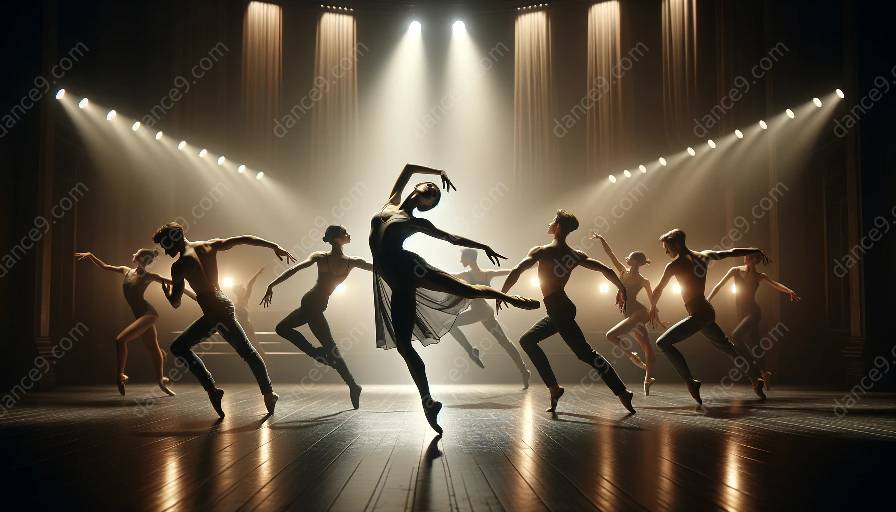Contemporary dance and inclusive practices intersect in a dynamic way that fosters diversity, accessibility, and innovation. In this comprehensive guide, we'll explore how contemporary dance embraces inclusivity and how it can be integrated into dance classes.
The Intersection of Contemporary Dance and Inclusive Practices
Contemporary dance, with its emphasis on self-expression, creativity, and experimentation, naturally lends itself to inclusive practices. Inclusive dance aims to provide opportunities for individuals of all abilities, backgrounds, and ages to engage in the art form. The intersection of contemporary dance and inclusive practices represents a commitment to diversity and the celebration of individual differences.
Promoting Inclusivity in Contemporary Dance Classes
Contemporary dance classes can be designed to be inclusive by incorporating adaptive techniques, thoughtful choreography, and a supportive environment. By focusing on the individual strengths and abilities of each dancer, instructors can create a welcoming and empowering atmosphere where everyone feels valued and respected.
Adaptive Techniques and Choreography
Integrating adaptive techniques and choreography in contemporary dance classes ensures that all participants can fully engage in the movement exploration. This may involve modifying movements, providing assistive devices, or adjusting the physical environment to cater to diverse needs. By embracing these adaptations, contemporary dance becomes more accessible and enriching for all dancers.
Fostering a Supportive Environment
Inclusive dance practices in a contemporary dance setting also prioritize the creation of a supportive and nurturing environment. This involves cultivating a culture of empathy, understanding, and open communication. Instructors and fellow dancers can play a pivotal role in fostering a sense of belonging for individuals from diverse backgrounds and abilities.
Benefits of Integrating Inclusive Practices in Contemporary Dance
The integration of inclusive practices in contemporary dance brings forth numerous benefits for both dancers and the dance community as a whole. By embracing inclusivity, contemporary dance classes become more enriching, innovative, and accessible for all participants.
Enhanced Creativity and Innovation
Inclusive practices encourage a diverse range of perspectives and experiences, sparking creativity and innovation within the contemporary dance space. By welcoming a variety of movement styles and expressions, dancers can explore new forms of artistic exploration and develop a deeper understanding of the art form.
Empowerment and Confidence Building
Inclusive contemporary dance classes offer a platform for individuals to express themselves authentically, fostering a sense of empowerment and confidence. Embracing inclusivity allows dancers to celebrate their unique abilities and contributions, leading to greater self-assurance and personal growth.
Community Building and Collaboration
Integrating inclusive practices nurtures a sense of community and collaboration among dancers, regardless of their differences. By valuing each individual's strengths and perspectives, contemporary dance classes become a space for meaningful connections, mutual support, and collective growth.
Final Thoughts
The intersection of contemporary dance and inclusive practices represents a powerful commitment to diversity, accessibility, and creativity. By embracing inclusive dance practices, contemporary dance classes can celebrate the richness of individual differences and create a vibrant, supportive community where everyone can thrive.













































































